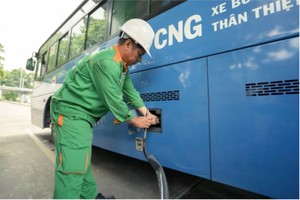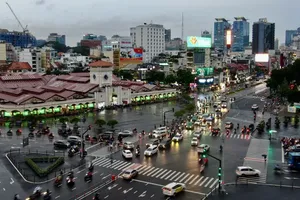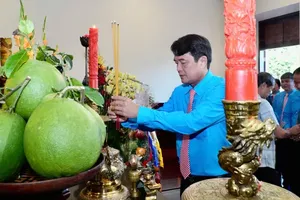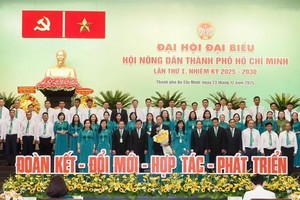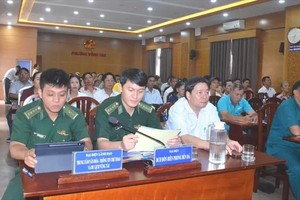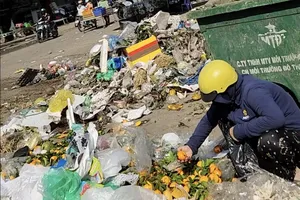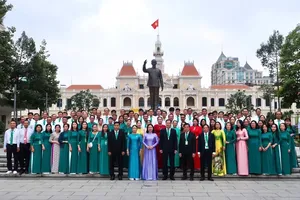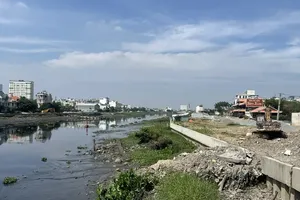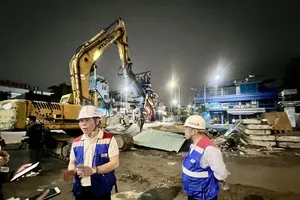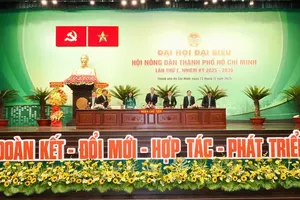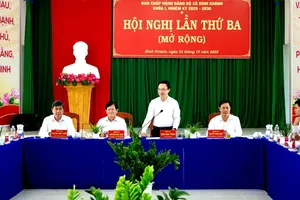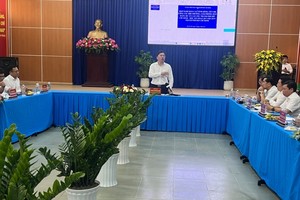
Chairman Le Duc Thanh of the District 1 People’s Committee yesterday submitted a report to the Standing Committee of the HCMC Party Committee and the Chairman of the HCMC People’s Committee, addressing concerns regarding sidewalk renovation adversely impacting urban green spaces.
Specifically, sixteen sidewalk enhancement projects, encompassing thirty-seven pavements, were approved in principle by the HCMC People’s Committee and authorized for implementation by the District 1 People’s Committee in late 2024, utilizing municipal budgetary allocations. These projects, overseen by the District 1 Construction Investment Project Management Board, include the replacement of curbs and tree planters with granite materials.
Construction commenced in early 2025, primarily during nocturnal hours (10:00 p.m. to 5:00 a.m.) to mitigate disruption to residential activities and vehicular traffic. However, construction activities have demonstrably affected the root systems of sidewalk vegetation, eliciting public and media scrutiny.
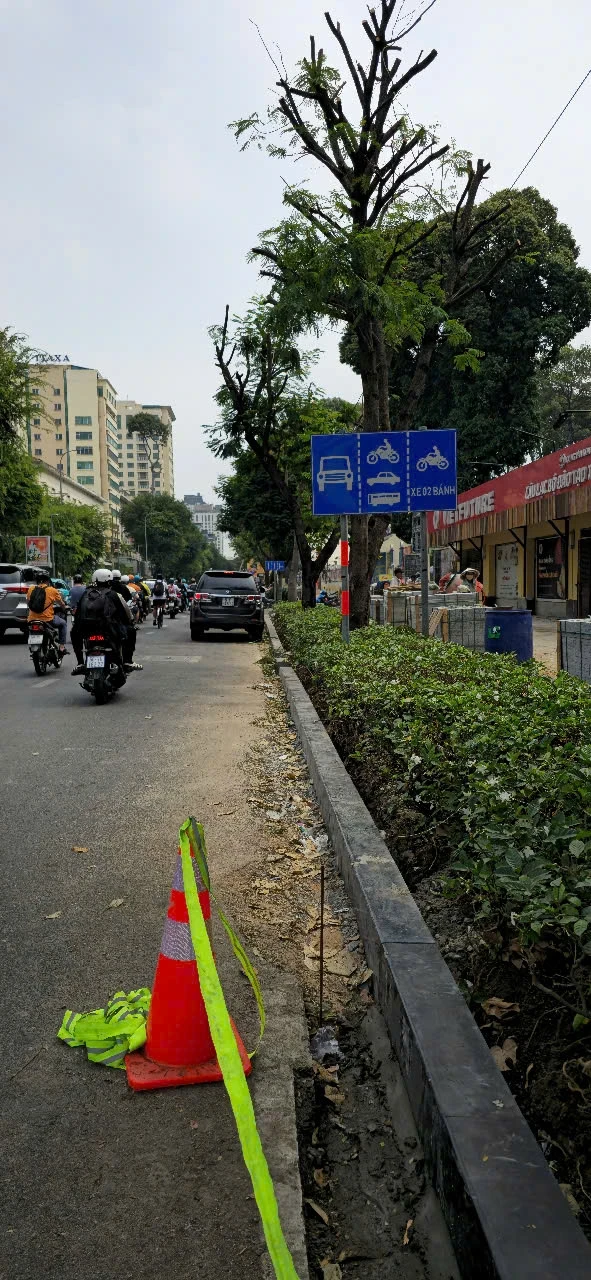
On March 24, construction activities on Nguyen Thi Minh Khai Street, specifically between Cach Mang Thang Tam Street and Huyen Tran Cong Chua Street, significantly impacted the root systems of seventeen yellow flamboyant trees. Following thorough inspections by the Technical Infrastructure Management Center, the District 1 Construction Investment Project Management Board, and HCMC Greenery Parks Co. Ltd., an urgent decision was made.
Eight yellow flamboyant trees (identified by codes 213, 217, 219, 225, 257, 259, 263, 265) were felled due to the immediate risk of collapse during adverse weather conditions. Additionally, the canopies of the remaining nine trees (codes 215, 223, 231, 233, 235, 241, 243, 245, 267) were pruned to mitigate the potential for branch breakage, prioritizing public safety along the thoroughfare, especially with the impending rainy season.
The felling was executed to ensure roadway safety and mitigate risks during the monsoon season. Concurrently, the Technical Infrastructure Management Center directed the District 1 Project Management Board to rectify construction methodologies to prevent further damage to urban greenery.
Concerning the oversight of green space preservation during construction, the District 1 People’s Committee mandated that the project investor require construction and supervision consulting entities to implement measures minimizing impact on vegetation, such as avoiding excavation within existing planters, preserving sidewalk foundations around mature trees, preventing root disturbance, employing phased construction, and expediting foundation restoration to stabilize surrounding soil.
However, the presence of mature trees with extensive canopies, leaning trunks, and roots protruding onto the sidewalk, causing structural damage, inevitably resulted in partial root system disturbance.
The District 1 People’s Committee ordered the immediate cessation of construction and a comprehensive review of all affected green spaces, demanding the restoration of tree planters and ensuring tree-living stability and safety. The supervision consulting entity was instructed to rigorously assess construction methodologies, with non-compliance necessitating suspension and reporting.
For future remediation, the District 1 People’s Committee will direct relevant agencies to intensify inspections and collaborate with green space management entities to prevent recurrence. Non-compliance will result in stringent accountability measures for construction and supervision consulting entities, including potential construction suspension, contract termination, and referrals for penalties.
The District 1 People’s Committee has also pledged to implement stringent green space preservation measures during sidewalk renovation.
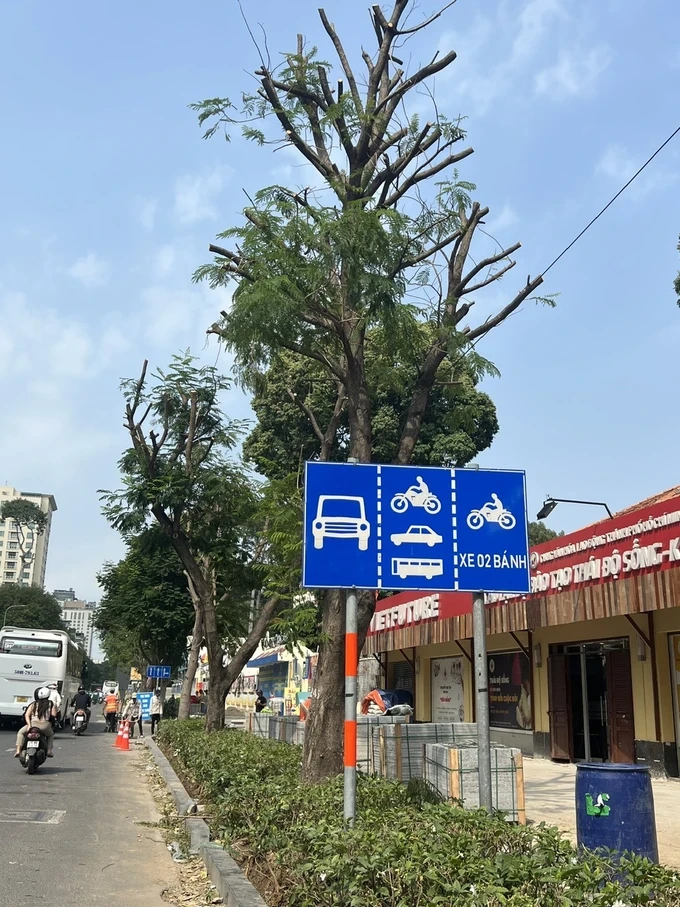
Another worrisome issue related to sidewalk renovation these days is where newly renovated sidewalks feature tactile paving for the visually impaired that terminates abruptly at tree trunks and utility poles.
Particularly, on the walkway on Minh Phung Street (from Hong Bang Street to Hau Giang Street) in District 6, approximately 500m in length underwent renovation prior to the Lunar New Year. However, tactile paving designed for the visually impaired is frequently obstructed by trees and utility poles, each of which is 5m apart.
Tran Van Tuan, a resident of Alley 187 on Minh Phung Street, expressed bewilderment at the design, questioning how visually impaired individuals could navigate such obstacles.
Vice Chairman Tran Van Binh of Ward 6 People’s Committee (now Ward 2), District 6, stated that the investor rigorously supervised the construction process and pledged to review and rectify the design based on SGGP Newspaper’s report.
This situation can be observed on other streets in HCMC as well. An urban planning expert noted widespread non-compliance with national technical standards for accessible construction for the visually impaired, both in new and existing projects, impeding pedestrian accessibility, especially the disabled.
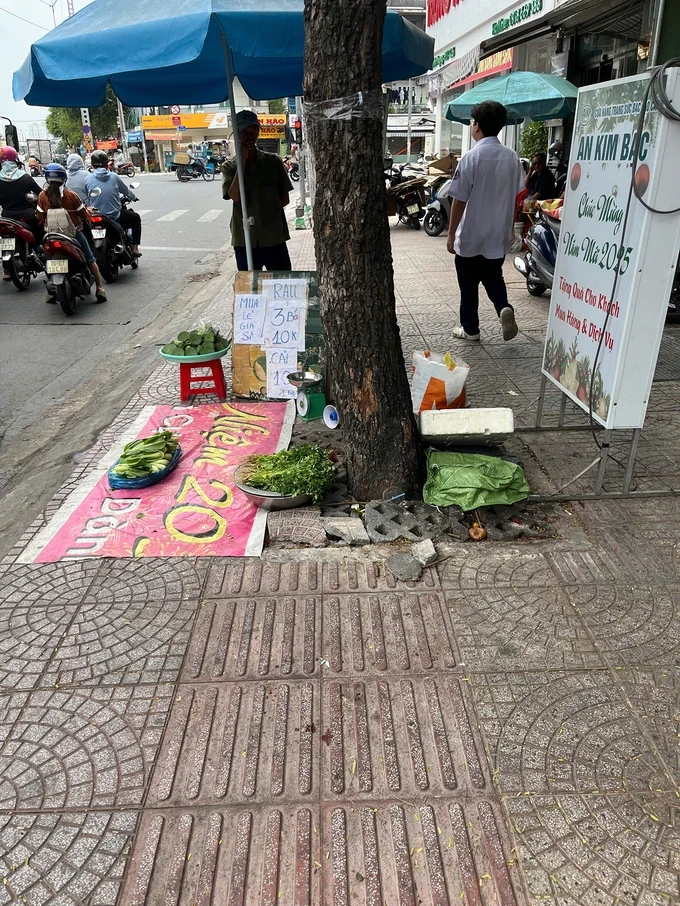
Deputy Minister of Construction Bui Xuan Dung stated that the Ministry of Construction has promulgated national technical regulations for accessible construction, QCVN 10:2024/BXD, effective from February 1, 2025, superseding QCVN:2014/BXD. Both regulations stipulate stringent accessibility requirements for individuals with disabilities, including the visually impaired.
These regulations mandate specific features such as ramps at intersections, tactile warning tiles at crossings and entrances. More importantly, the placement of street furniture like bus stops, utility poles, streetlights, signs, mailboxes, ATMs, flower beds, green trees, and public trash cans must not obstruct accessibility for people with disabilities.
The enforcement of these regulations falls under the purview of state construction management agencies at both central and local levels, including the Ministry of Construction and provincial and district People’s Committees.
In related news, Can Tho City is currently renovating thirteen roads in the central district of Ninh Kieu, with a budget of approximately VND36.5 billion ($1.4 million). While tactile paving has been installed, it is frequently obstructed by trees. On Quang Trung Street, the tactile path is often obscured by vegetation.
Bus stop signs and other street furniture further impede accessibility, especially that for the disabled. Head Phan Thanh Dien of the Division of Economy, Infrastructure and Urban Area of Ninh Kieu District, acknowledged the challenges in implementing accessible infrastructure due to existing urban features.
